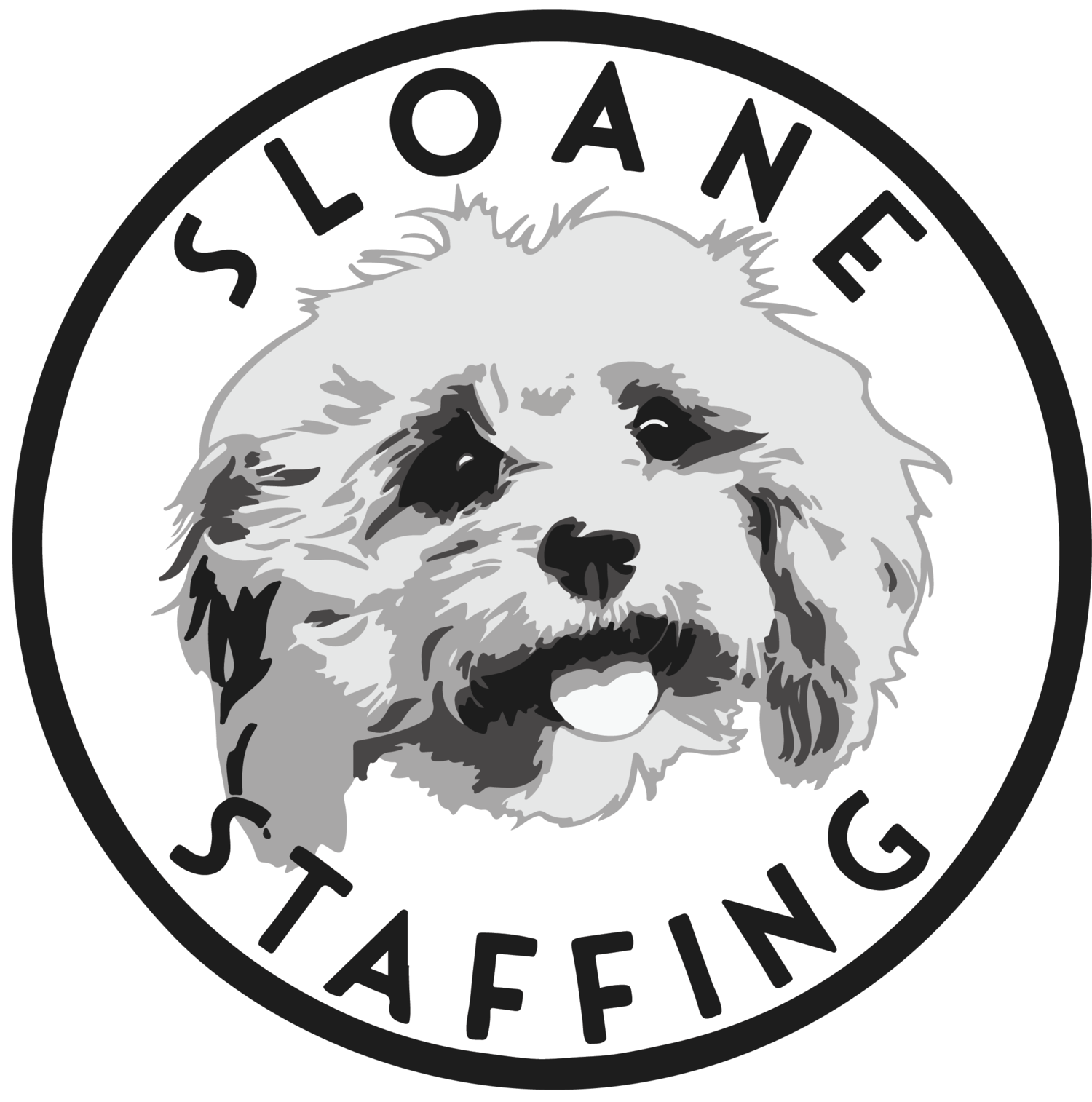Why Organizational Fit Should Be A Key Priority In Hiring
“Customers will never love a company until the employees love it first.”
Simon Sinek, author of Start with Why
Organizational Fit is a widely used but sometimes vaguely understood catch-all recruitment term that, when applied correctly, can revolutionize hiring cultures.
In essence, “organizational fit” is a term of assessment whereby hiring managers and interviewers take stock of how well any new hire will ingratiate with company behaviors, beliefs, attitudes, workflows, cultural cues, and goals.
How much of a “fit” that person is, is generally a signpost for how happy, productive and focussed that person will be in work.
According to the Business Professor, there are two types of organizational fit:
Person-organization
This type of fit is the extent to which an individual's values, beliefs, and interests align with those of the organization (which is generally understood to be the dominant or collective values, interests, and beliefs of the individuals).
Person-job
This type of fit includes the knowledge, skills, and ability of an individual to carry out the duties and functions required or desired of the position.
More than that, organizational fit goes beyond labor flows and personal productivity, and actually becomes the foundation of employee advocacy - how, where, and why your employees talk about your company; represent your brand; promote your services; and establish your working culture both internally, and within their own personal and professional networks.
When HR specialists talk about “positive employee advocacy”, what they’re referring to is recruitment gold dust: a self-generating network of relationships between employees and wider professionals whereby they consistently portray your company as somewhere other people should work.
The reason why this advocacy is so valuable is that your employees will make a workable distinction based on one key thing: how much other professionals “fit” your company and brand.
The true essence of finding staff with the right “organizational fit” is wrapped up in the confident communication of your working culture and behaviors, typically during interviews and onboarding. But it’s also a continually moving and evolving environment of interactions between staff, management, and customers/users.
Here’s why we think “organizational fit” should be a top hiring priority.
Why is hiring based on organizational fit important?
As highlighted above, employees who match the two types of organizational fits - person-organization, and person-job - should be the benchmark for top-tier hires.
This matching of candidate behaviors and expectations with your existing company culture will be the deciding factor in a candidate’s successful application.
While we clearly do not condone belittling a recruiter’s prerogative to hire based on only skills and qualifications, a candidate’s organizational fit is an indicator of longevity and engagement.
If new employees feel at home in your company, where their values align with those of their co-workers, management, and their job, onboarding will be a breeze, and you’ll find new employees become advocates of their own volition.
Isn’t organizational fit the same as “culture” fit?
We consider “culture fit” a subsection of your overall organizational structure and practice of recruitment.
Whereas “culture fit” is a loose matching of relatively intangible values, behaviors and interpersonal judgments, Organizational Fit refers to relationships and business-related practices (such as openness and connection to L&D, leadership partnerships, in-work communication, and collaborative working practices) and how those behaviors, values, and points of view interact within work, with the role and with wider stakeholders, customers or service users.
How can you assess a candidate’s organizational fit suitability?
This is where your interviewer has to shine. You need to create an interview process that hinges as much on organizational similarities as it does on skills matching.
Multi-stage interviews and having a cross-section of leadership figures and employees be a part of the interview process is an easy way of getting a total company overview of your prospective employee. This is the simplest and most immediate way of assessing how well a candidate matches the overall culture of the company.
But assessment has to take stock of other elements too: the way the candidate communicates; how they prepare for and approach their interview; their interests and values; their hobbies and lifestyles - a candidate is more than the sum of their skills. Their applicability for a role should be a sum of their character and skills together, the outcome of which is a clear line between a fit or a non-fit with your enterprise.
What are the outcomes of a suitable organizational fit?
The outcomes are immediate and go a long way to establishing an enviously positive working environment: a more integrated team; a happier working environment; more creativity; more trust; better, more mature feedback processes and iterative learning practices; a better foundation for leadership; better customer interactions; and a more supportive working culture of co-prosperity.
In short, you create a culture of inspired, driven, passionate employees who understand the meaning of their labor and do so in a culture of professional friendship. It creates, above all else, engaged staff.
